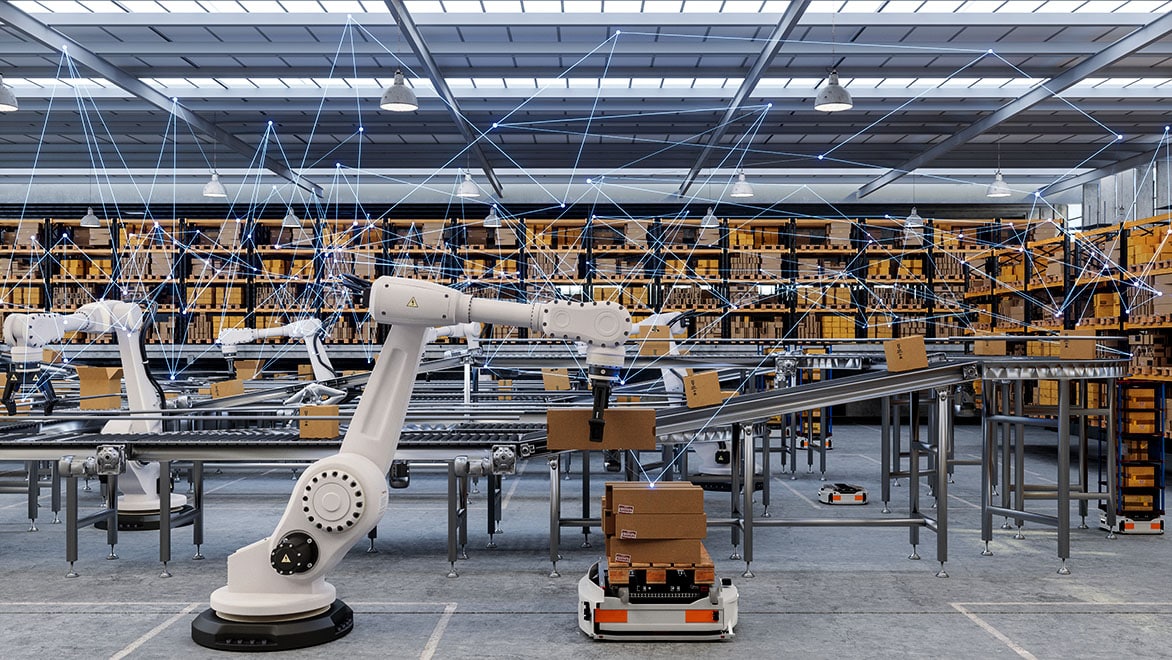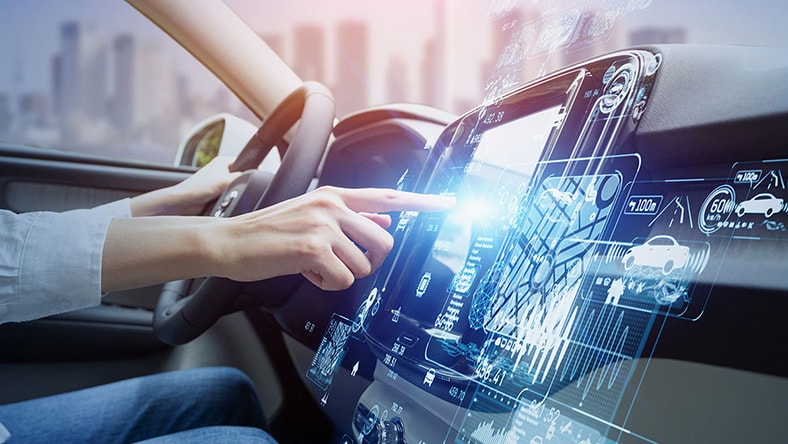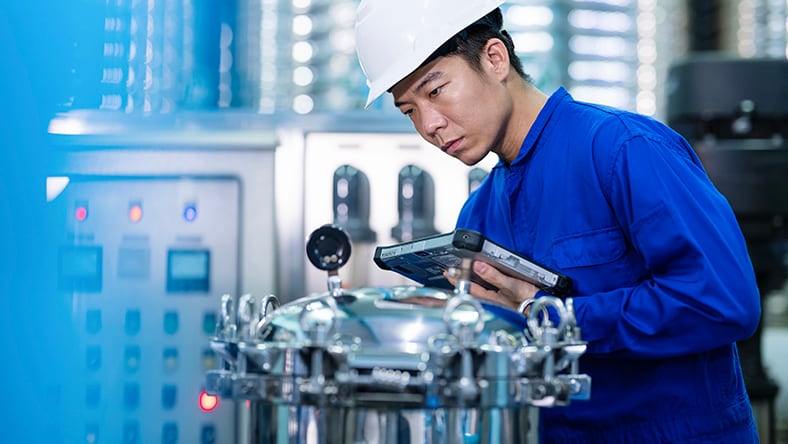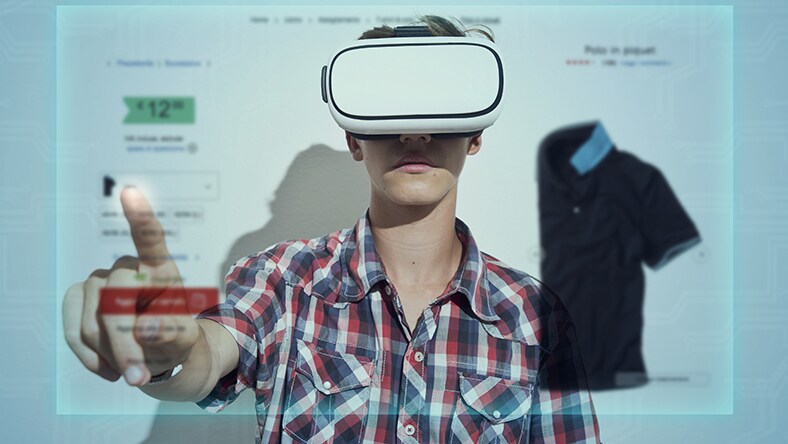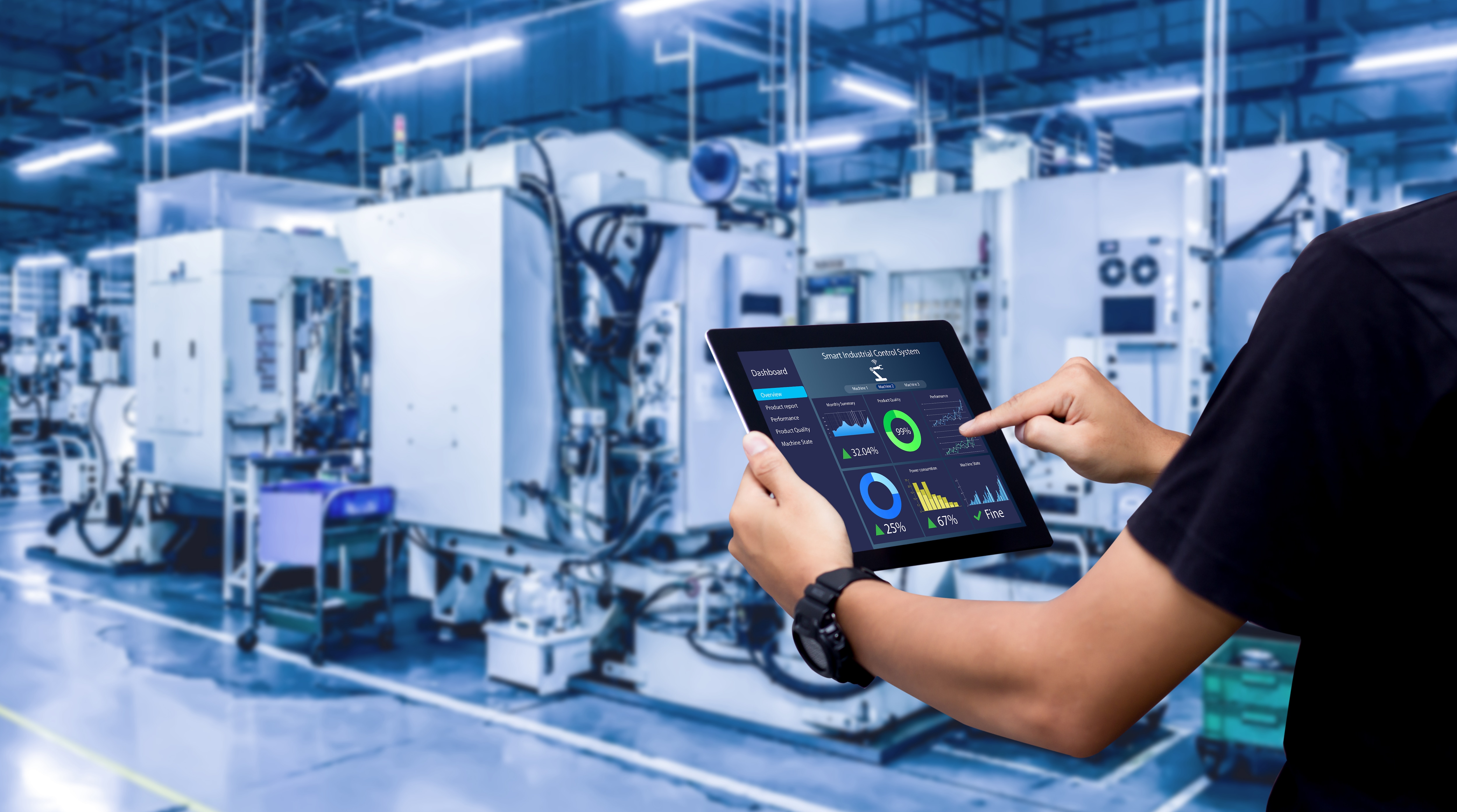& Construction

Integrated BIM tools, including Revit, AutoCAD, and Civil 3D
& Manufacturing

Professional CAD/CAM tools built on Inventor and AutoCAD
The Industrial Internet of Things (IIoT) is part of an Industry 4.0 approach. In this cloud computing environment, factories and plants use instruments and systems to produce, collect, and report on operational data.
Every production line or plant has countless tools and processes, each of which can use sensors to collect performance readings. That sensor information is collected and sent to IIoT software applications that analyze and produce an overall, data-driven view of how your entire operation is performing. User-end UIs then provide a window into the results.
These IIoT data points and UI tools can manage production by providing reports and solutions for supply inputs, component breakdown, scheduling part replacements, and adjusting production speed to match demand.
Automotive IIoT software is already in effect, as sensor-equipped cars warn drivers when braking too hard or provide traffic conditions from networked roadside transmitters. But your car is a potential IIoT system. Imagine a failing brake pad that connects to your GPS and local business listings, makes an appointment at a nearby mechanic, and sends you a text with the details.
An IIoT software framework can turn a utility supplier with multiple regional plants into a single network framework. Demand data can be fed directly into supply schedules to increase or slow production at a particular facility, and plants can share supply information, sending excess power back into the grid to make up for a shortfall in another region.
Patients collecting and sharing data with health providers can ease the burden on overstretched onsite health services. Monitoring sensors can be fitted to anything from a hip replacement to a pacemaker, providing your doctor with health effects data anywhere and anytime.
Retail IIoT can make the shopping experience far more personalized, and because the customer is part of the network on a connected device, the possibilities are endless. Augmented reality mirrors or glasses can virtually show how an outfit looks, thanks to data taken directly from the garment or product.
Manufacturing is the largest IIoT sector so far. At the factory, production-line station systems can report on production rates, equipment faults, asset and equipment tracking, and more. IIoT solutions can also extend down the supply chain, where managers can use data to adjust supplies and production schedules.
The Industrial Internet of Things enmeshes your physical and digital operations. As the physical and digital operations watch, report on, and influence each other, the result will be deeper insights into how your business is performing.
With information direct from your tools and products—even post sales, in some cases—you’ll have an overall, whole-of-life picture of their performance under real-world conditions.
The insights will let you incrementally iterate better design and improved performance into each new generation, using everything that’s come before to help inform your process.
Automated sensors in lights, HVAC, and water systems can provide the right resources for live and work spaces for a single building or an entire city.
Smart meters can track and report usage, while cameras or motion sensors can detect the presence of someone to switch lights or A/C systems on or off, reducing unnecessary usage.
Your systems and tools can collect and monitor data about their use and state of health, both in absolute terms and in situ in their operating environments.
That means you’ll have a live, real-time view of objects or parts nearing the end of their usable lifecycle, letting you repair them or install replacements before a product breakdown causes an expensive process-wide stoppage.
A fleet of products already in the marketplace provide opportunities to expand and open revenue streams.
An IIoT object that reports its performance to you presents countless opportunities. You might offer a service or replacement to the user, remote monitoring, or product-specific firmware updates, all in a manner that’s timely and minimizes disruption to your user.
Sensory performance data collected onboard the product and across supply chains will provide customers with information on updates and alternative uses, advice on proper tool care and extending the tool’s life, and more.
Get Inventor + AutoCAD + Autodesk Fusion + more—Professional-grade tools for product development and manufacturing planning.
Machine learning can interrogate IIoT results just like human managers can—and sometimes does an even better job, streamlining everyday tasks such as identifying errors and improving efficiency in future production runs.
IIoT solutions don’t just apply to big plants or factories. Sensors and instruments will fit more functionality into smaller spaces for use in personal electronics carried in pockets or worn on wrists.
With the IIoT, every industry device generates operating data, enabling interoperability and benefitting safety, cost efficiency, and sustainability.
The Internet of Things refers to connected sensors and instruments in domains such as smart homes, business processes, and personal health tools.
Though there is some overlap, Industrial Internet of Things trends apply the same principles in industrial settings, including agriculture, mining, manufacturing, and utilities.
Absolutely, provided you plan an IIoT framework, such as a corporate network, with cybersecurity in mind.
Credential management, open port and network vulnerabilities, encryption, and the security risks of BYOD workplaces are all critical security principles for your IIoT environment.
IIoT refers to the network of devices and instruments that use sensors and software over a communications network to report on performance and give you an up-to-the-minute view of assets and processes.
Industry 4.0 is a larger business approach that blends IIoT software with other technology, including robotics, automation, AI, and machine learning.
